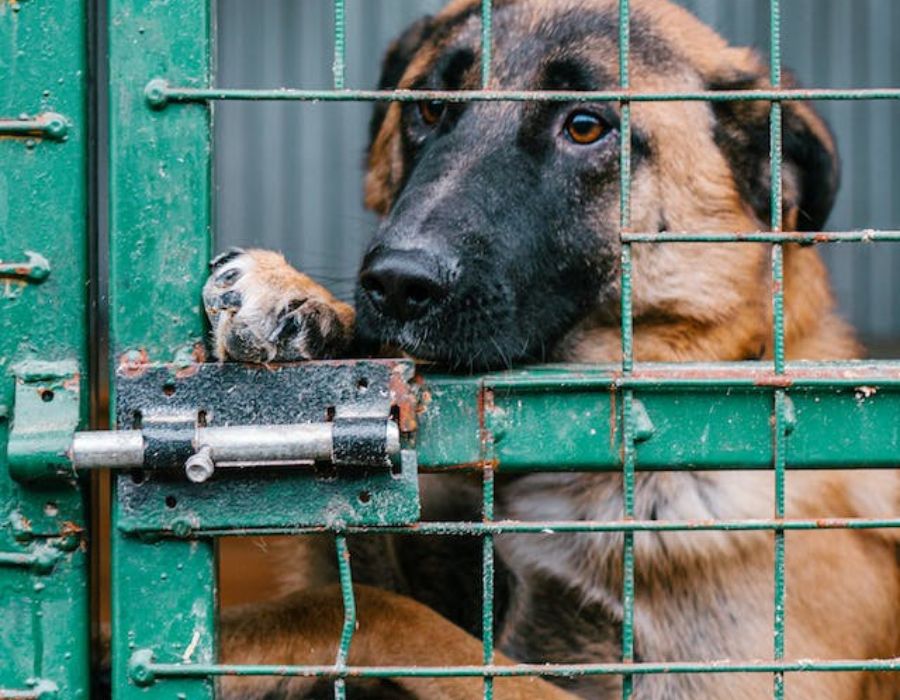Across the landscapes of urban streets and rural byways, a disheartening phenomenon persists: the abandonment of pets. As companion animals are left behind, the question arises: Can abandoning pets be legally classified as animal cruelty? This inquiry delves into both the legal definitions regarding animal welfare and the underlying societal assumptions surrounding pet ownership.
To begin, it is essential to establish what constitutes animal cruelty. Generally, animal cruelty encompasses acts of inflicting harm, suffering, or distress upon an animal, whether intentionally or through neglect. This legal framework varies from state to state, with some jurisdictions offering specific statutes that address abandonment as a form of cruelty. Understanding these legal intricacies is vital to drawing distinctions between mere irresponsibility and actions that warrant legal repercussions.
Many jurisdictions have laws in place that recognize pet abandonment as a form of cruelty due to the inevitable suffering that abandonment wreaks upon animals. For instance, when a pet is left without food, water, shelter, or companionship, the neglect can result in severe distress, health issues, or even death. Laws typically classify abandonment as a criminal act, subjecting perpetrators to fines, community service, or incarceration. However, the nuances of these laws reveal the complexities surrounding human-animal relationships.
Moreover, many pet owners may argue that they had no other choice but to abandon their animals due to financial hardship, relocation, or inability to cope with the responsibilities of pet ownership. While these circumstances evoke empathy, they do not absolve individuals of the ethical obligations that come with adopting a pet. The bond between humans and their animal companions is predicated on a social contract, wherein the owner assumes responsibility for the well-being of the animal. Abandonment violates this fundamental agreement, leading many legal frameworks to categorize it as an egregious violation of animal rights.
Legal text often interweaves the emotional landscape that surrounds pet ownership, with abandonment serving as a stark reflection of broader societal issues. When individuals abandon pets, it often illustrates a deeper malaise within society, encompassing themes of disposability, neglect, and misunderstanding the emotional needs of companion animals. This phenomenon may hint at pervasive attitudes toward animals as mere possessions rather than sentient beings deserving of respect and care.
Further complicating the issue is the matter of intent versus effect. Legally, many statutes consider the intention behind the act. Intentional abandonment—such as leaving a pet on the side of the road—can lead to more severe penalties compared to instances where an owner may inadvertently allow an animal to escape or be left behind under duress. Such distinctions become a battleground for heated discussions in courts, where legal definitions are parsed and examined meticulously.
Additionally, the emotional ramifications of pet abandonment demand attention. Various studies reveal that pets experience profound emotional connections with their owners, resulting in significant psychological distress when they are abandoned. Some animals exhibit behaviors indicative of grief, depression, or anxiety following abandonment, which can further contribute to the argument for deeming abandonment as a form of cruelty on both legal and ethical grounds. This emotional tether between pets and their owners serves to highlight the gravity of the abandonment issue in societal consciousness.
Organizations dedicated to animal welfare often urge communities to promote responsible pet ownership by encouraging spaying and neutering and providing resources for individuals struggling with the implications of pet ownership. By facilitating access to resources and education, the cycle of abandonment can be mitigated, allowing potential owners to make informed decisions before bringing an animal into their lives.
The intersection of law, ethics, and emotional responsibility is particularly evident in cases involving the abandonment of purebred animals, who are often at heightened risk in such scenarios. The rampant production of animals through breeding practices without adequate consideration for their lifelong care leads to disposability, fueling a cycle of abandonment that is deeply troubling. Legal responses must, therefore, be multifaceted, addressing not only the abandonment itself but also the broader structures that perpetuate it.
As society grapples with the complexities of animal welfare laws, the question of whether pet abandonment qualifies as animal cruelty engages a multitude of perspectives. On one hand, the legal framework categorically rejects abandonment as an acceptable practice. On the other hand, the ethical implications underscore the necessity for robust educational campaigns that illuminate responsible pet ownership and advocate for humane treatment that transcends mere legal compliance.
In conclusion, the question of whether abandoning pets can be deemed a form of animal cruelty ultimately finds its resolution in a collective recognition of moral obligation and legal accountability. Society must confront the root causes of abandonment and cultivate an ethos of responsibility that permeates the human-animal relationship. This commitment will not only elevate the standards of treatment for companion animals but also foster a community where abandonment becomes an untenable act, paving the way toward a more humane society.










